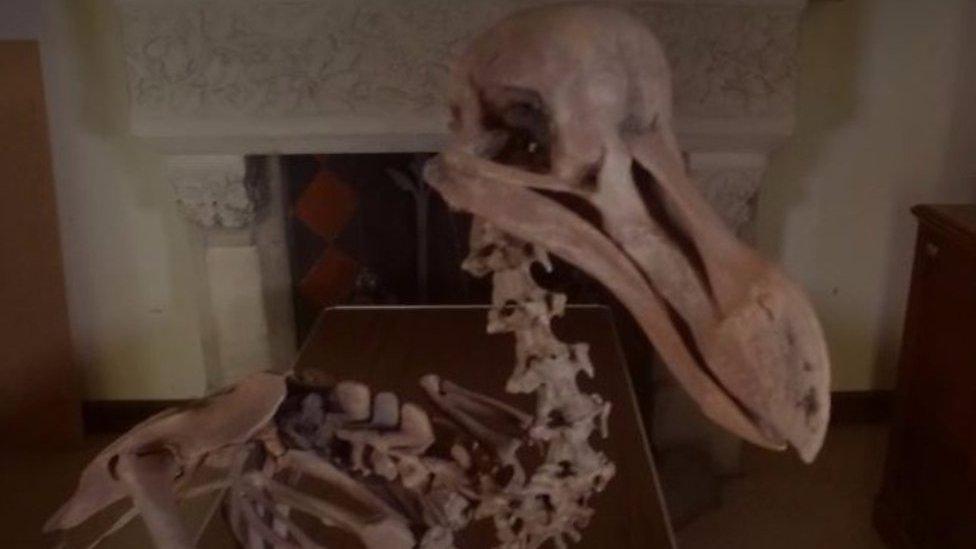Oxford Dodo was shot in head, scans find
- Published
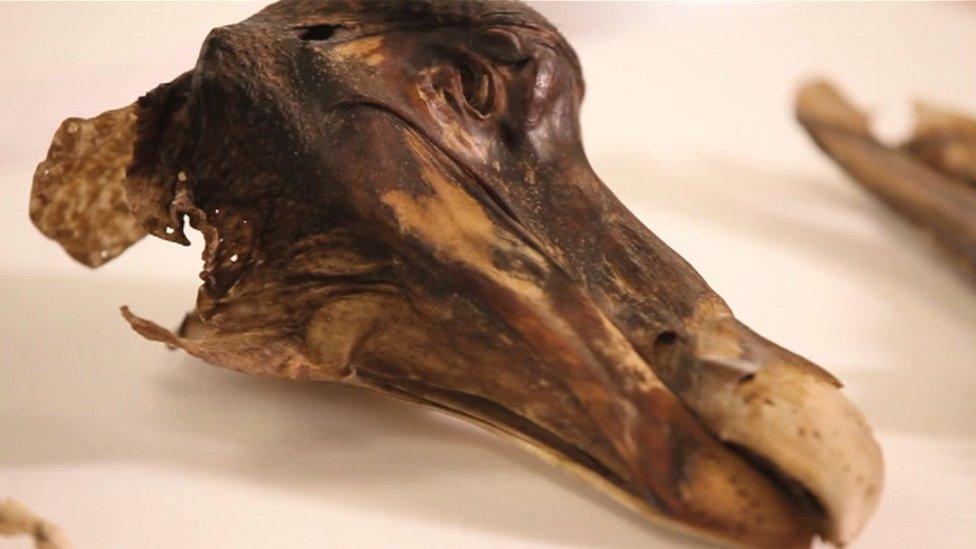
The remains of the bird were taken to the University of Warwick for analysis
The Oxford Dodo - the world's most famous example of the extinct bird - was shot in the head, research has found.
Historians believed the flightless creature had been kept alive in a 17th Century London townhouse.
But recent forensic analysis of its skull found lead shot pellets, which were typically used to hunt wildfowl.
Scientists hope to test the fragments to establish where the bird met its end.
Oxford University has held the mummified skull and foot at its Natural History Museum for more than 300 years.
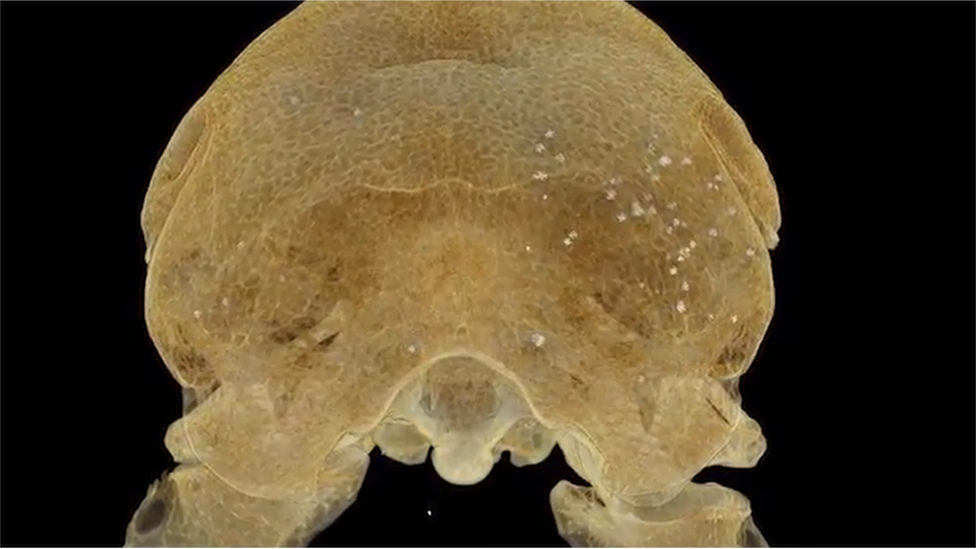
Lead shot pellets, typically used to hunt wildfowl during the 17th Century, were found in the skull
The specimen represents the most complete remains of a single dodo, and contains the only soft tissue samples known to exist.
It has proved invaluable in learning more about the species, which became extinct 70 years after it was discovered on the island of Mauritius in 1598.
But the Oxford Dodo's own fate had remained a mystery.
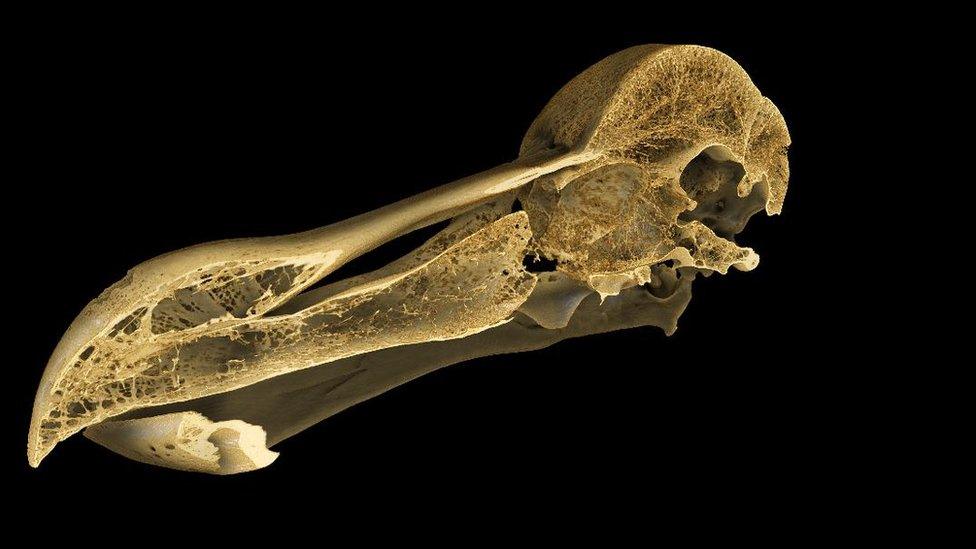
The technology gave an unprecedented level of insight into the remains
However, a team at the University of Warwick used forensic CT scanning to create a three-dimensional digital replica of its skull.
The technology, which has also been used in criminal trials, showed evidence that the bird had been shot in the back of the head and neck.
Prof Mark Williams, of the university's Warwick Manufacturing Group, said: "When we were first asked to scan the Dodo, we were hoping to study its anatomy and shed some new light on how it existed.
"In our wildest dreams, we never expected to find what we did."

You may also be interested in:

The Oxford Dodo originally came to the city as part of a collection of specimens and artefacts compiled by John Tradescant in the 17th Century.
Its remains ended up in the university museum, where author Lewis Carroll is said to have found inspiration for the dodo character in Alice in Wonderland.
Museum director Prof Paul Smith said it was "a really great surprise" to learn lead pellets had been found embedded in the skin and the bone of the dodo, which he described as an "icon of extinction".
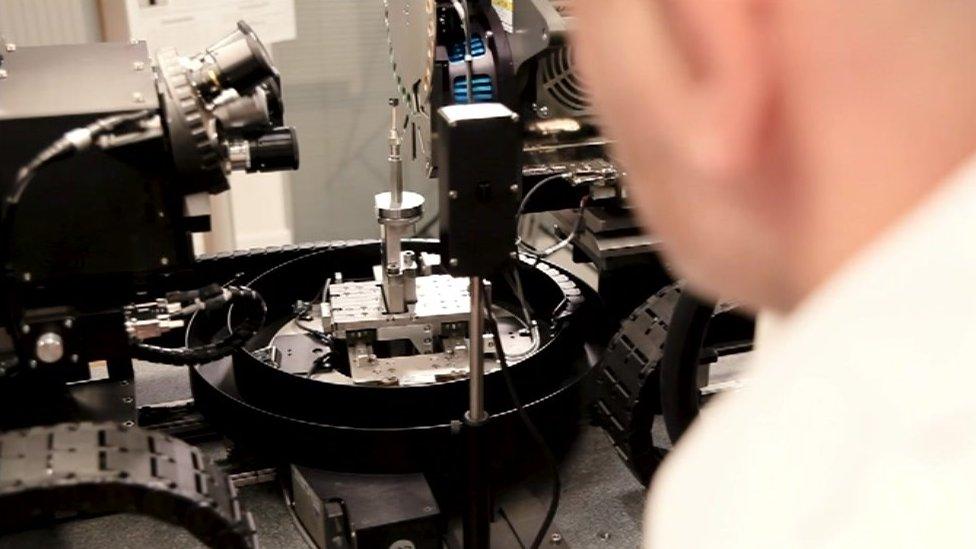
Digital forensics scanning technology which has provided evidence in more than 60 major police trials was used on the bird's remains
- Published1 September 2017
